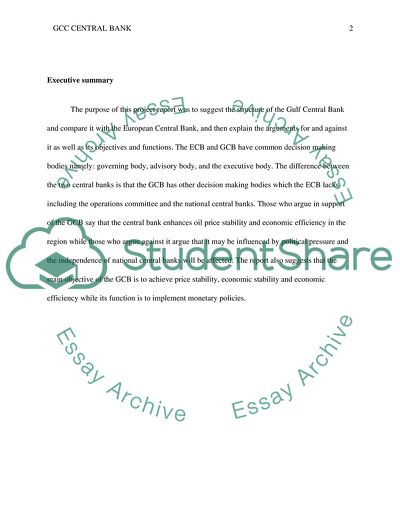Cite this document
(“Central bank for GCC Essay Example | Topics and Well Written Essays - 2000 words”, n.d.)
Central bank for GCC Essay Example | Topics and Well Written Essays - 2000 words. Retrieved from https://studentshare.org/finance-accounting/1670272-central-bank-for-gcc
Central bank for GCC Essay Example | Topics and Well Written Essays - 2000 words. Retrieved from https://studentshare.org/finance-accounting/1670272-central-bank-for-gcc
(Central Bank for GCC Essay Example | Topics and Well Written Essays - 2000 Words)
Central Bank for GCC Essay Example | Topics and Well Written Essays - 2000 Words. https://studentshare.org/finance-accounting/1670272-central-bank-for-gcc.
Central Bank for GCC Essay Example | Topics and Well Written Essays - 2000 Words. https://studentshare.org/finance-accounting/1670272-central-bank-for-gcc.
“Central Bank for GCC Essay Example | Topics and Well Written Essays - 2000 Words”, n.d. https://studentshare.org/finance-accounting/1670272-central-bank-for-gcc.


